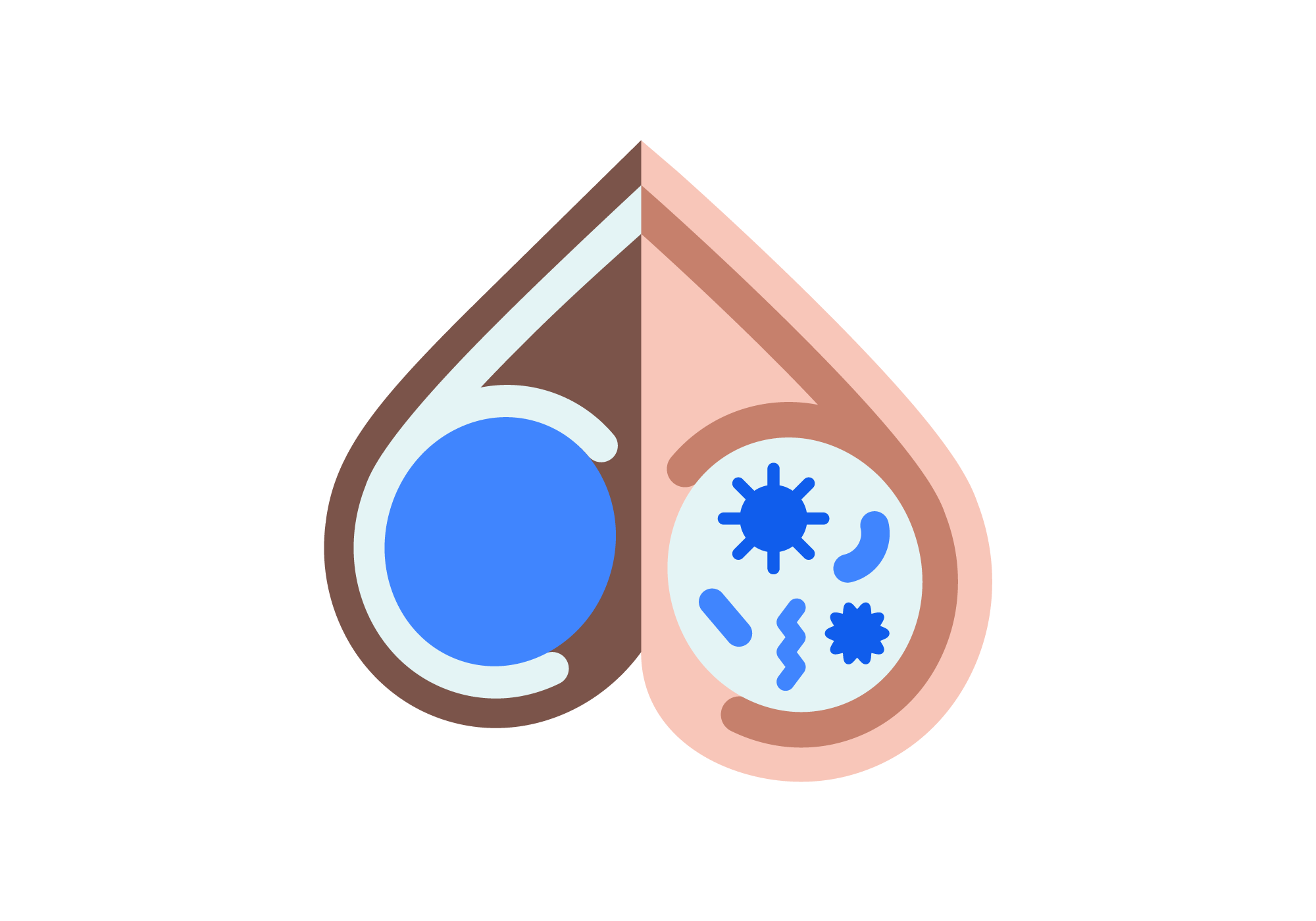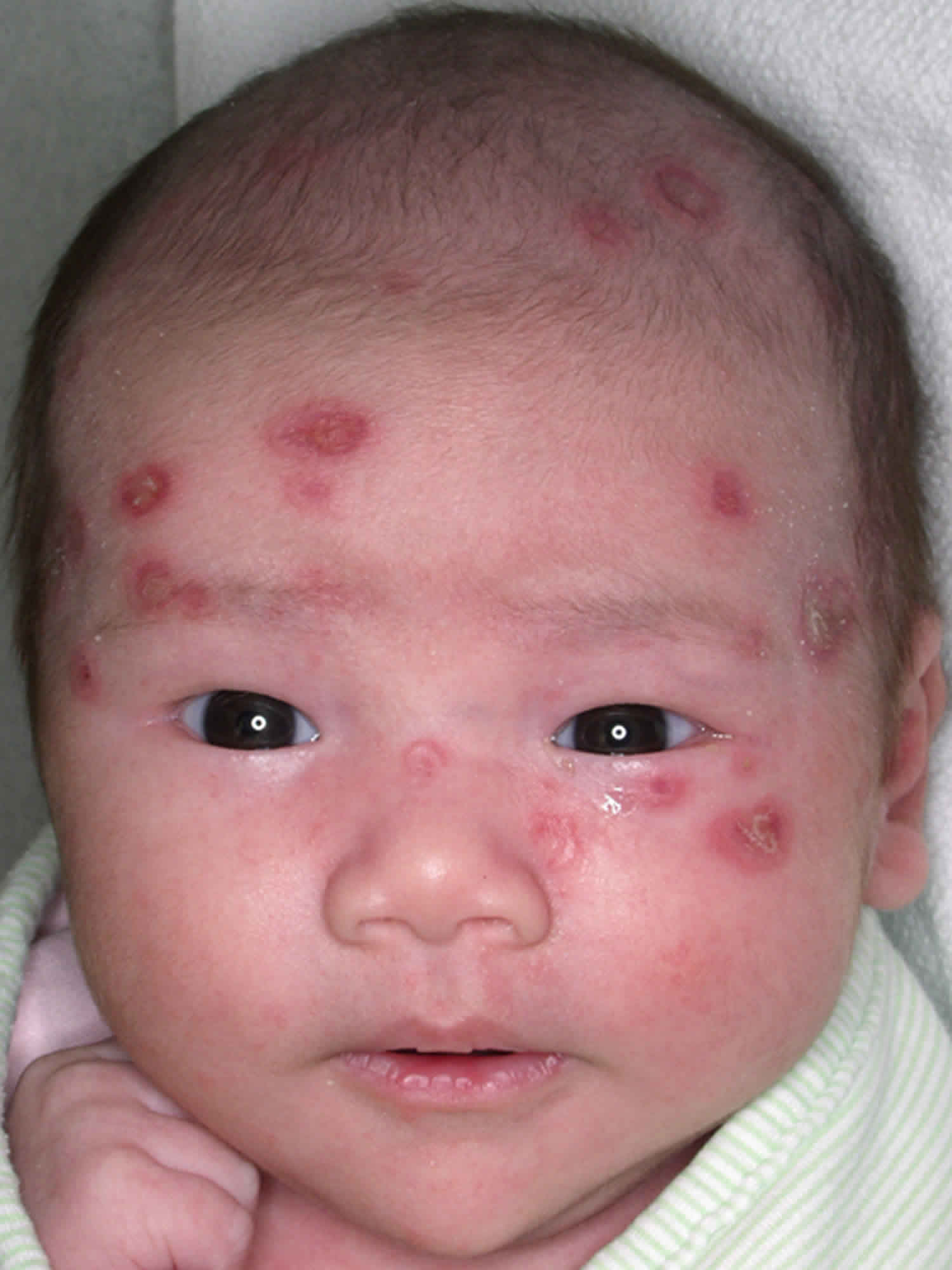Lyme Disease: Comprehensive Guide To Symptoms, Diagnosis, And Treatment - Make no mistake, Lyme Disease is a serious disease.
Editor's Notes: Lyme Disease: Comprehensive Guide To Symptoms, Diagnosis, And Treatment have published today to draw your attention to the importance of being aware of Lyme disease, as it can have serious consequences if left untreated.
In this Lyme Disease: Comprehensive Guide To Symptoms, Diagnosis, And Treatment, we cover everything from the symptoms and diagnosis of Lyme disease to the latest treatment options. We hope that this information will help you to make informed decisions about your health.
| Key Differences | Key Takeaways |
|---|---|
| Symptoms | The symptoms of Lyme disease can vary depending on the stage of the infection. In the early stage, symptoms may include fever, chills, fatigue, headache, and a bullseye rash. In the later stage, symptoms may include joint pain, swelling, and neurological problems. |
| Diagnosis | Lyme disease is diagnosed based on a physical examination and a blood test. The blood test is used to detect antibodies to the Lyme disease bacteria. |
| Treatment | Lyme disease is treated with antibiotics. The type of antibiotic and the length of treatment will depend on the stage of the infection. |
Symptoms of Lyme Disease
FAQ
This FAQ section will provide answers to some common questions and misconceptions about Lyme disease. For further comprehensive information, please refer to Lyme Disease: Comprehensive Guide To Symptoms, Diagnosis, And Treatment.

Epididymitis: An Overview AAFP, 44% OFF - Source www.gbu-presnenskij.ru
Question 1: What are the early signs and symptoms of Lyme disease?
The early stage of Lyme disease, known as the localized stage, typically manifests within 3 to 30 days after the bite of an infected tick. The most common symptom is a bullseye rash that develops at the site of the bite. This rash often expands gradually over several days and may be accompanied by flu-like symptoms such as fever, chills, fatigue, headache, and muscle aches.
Question 2: How is Lyme disease diagnosed?
Lyme disease is primarily diagnosed based on the patient's symptoms and a physical examination. Blood tests can also be used to confirm the diagnosis, particularly if the bullseye rash is not present. These tests detect antibodies that the body produces in response to the Lyme bacteria.
Question 3: What are the treatment options for Lyme disease?
Lyme disease is typically treated with antibiotics, such as doxycycline or amoxicillin. Early treatment is crucial to prevent the infection from spreading to other parts of the body. The duration of treatment varies depending on the stage of the disease.
Question 4: Can Lyme disease lead to long-term health problems?
If left untreated, Lyme disease can progress to the disseminated stage, which can affect multiple organs and cause various health problems, including arthritis, heart problems, and neurological issues. However, early diagnosis and treatment can significantly reduce the risk of developing these complications.
Question 5: How can I prevent Lyme disease?
The most effective way to prevent Lyme disease is to avoid tick bites. This can be done by taking precautions such as wearing long sleeves and pants when in wooded areas, using insect repellent, and performing thorough tick checks after spending time outdoors.
Question 6: What should I do if I find a tick attached to my skin?
If you find a tick attached to your skin, remove it promptly using fine-tipped tweezers. Grasp the tick close to the skin and pull it straight out with steady, gentle pressure. Avoid crushing or twisting the tick, as this could increase the risk of infection. After removing the tick, clean the bite area with soap and water and monitor it for any signs of infection.
By understanding the symptoms, diagnosis, treatment, and prevention of Lyme disease, individuals can take proactive steps to protect themselves and seek appropriate medical attention if necessary. Early detection and intervention are key to minimizing the impact of this infection and ensuring optimal health outcomes.
To learn more about Lyme disease, its symptoms, diagnosis, treatment, and prevention, please refer to our comprehensive guide at: Lyme Disease: Comprehensive Guide To Symptoms, Diagnosis, And Treatment.
Tips
Managing Lyme disease effectively requires a proactive approach. Consider the following tips to improve your well-being and navigation of this condition.
Tip 1: Seek Early Diagnosis
Prompt diagnosis is crucial for effective Lyme disease treatment. Early diagnosis can prevent the progression of the disease, reducing the risk of severe or chronic complications. Symptoms may vary widely, so consult a healthcare professional if you suspect exposure or experience any concerning signs or symptoms.
Tip 2: Adhere to Prescribed Treatment
Antibiotics form the cornerstone of Lyme disease treatment. Follow the prescribed regimen diligently, even if symptoms subside. Completing the full course of antibiotics ensures eradication of the bacteria and prevents relapse. Avoid self-medication or discontinuing treatment prematurely.
Tip 3: Protect Yourself from Reinfection
Preventing reinfection is essential for long-term management. Take precautions against tick bites by using insect repellent, wearing protective clothing, and performing regular tick checks. Stay vigilant when spending time in tick-infested areas, such as forests or grassy fields.
Tip 4: Manage Symptoms Effectively
Lyme disease can cause various symptoms, including fatigue, muscle and joint pain, and neurological issues. Rest and pain relievers can provide relief. Physical and occupational therapy may improve range of motion and function. Consider alternative therapies like acupuncture or massage for symptom management.
Tip 5: Monitor Your Health Regularly
Regular check-ups and blood tests are essential for monitoring disease progression and treatment response. This allows your healthcare provider to assess the effectiveness of treatment, adjust protocols if necessary, and detect any potential complications or co-infections.
Tip 6: Join Support Groups or Online Forums
Connecting with others who understand the challenges of Lyme disease can provide emotional support and practical advice. Support groups or online forums can offer a safe space to share experiences, learn from others, and access valuable resources.
Tip 7: Seek Professional Help for Chronic Lyme Disease
If symptoms persist or worsen despite standard treatment, consider seeking specialized care for chronic Lyme disease. Specialized clinics have expertise in managing complex and persistent cases, offering innovative therapies and advanced diagnostic techniques.
Tip 8: Adopt a Healthy Lifestyle
Maintaining a healthy lifestyle supports overall well-being and immune function, which can aid in the management of Lyme disease. Engage in regular exercise, prioritize a nutritious diet, and get adequate sleep. These habits can improve energy levels, reduce inflammation, and enhance the body's natural healing processes.
Following these tips can significantly improve the management and well-being of individuals with Lyme disease. It is essential to consult with a healthcare professional for personalized guidance and to tailor your care plan to your specific needs.
Lyme Disease: Comprehensive Guide To Symptoms, Diagnosis, And Treatment
Lyme disease, a complex and potentially debilitating illness, necessitates a comprehensive understanding of its symptoms, diagnosis, and treatment. Understanding these essential aspects aids in early detection, prompt medical intervention, and effective management of the condition.
- Pathogen: Lyme disease is caused by the bacterium Borrelia burgdorferi.
- Transmission: Infected blacklegged ticks transmit the bacteria through bites.
- Symptoms: The "bullseye" rash, fever, fatigue, and joint pain are common.
- Diagnosis: Blood tests and physical examination are used for diagnosis.
- Treatment: Antibiotics remain the primary treatment for Lyme disease.
- Prevention: Tick repellents, protective clothing, and prompt tick removal minimize risk.
The interplay of these aspects underscores the complexities of Lyme disease. Early recognition of symptoms, accurate diagnosis, and prompt antibiotic treatment increase the chances of a full recovery. Preventive measures play a crucial role in reducing the risk of infection. A well-rounded understanding of these key aspects empowers individuals to navigate Lyme disease effectively and seek appropriate medical care.

दिल का साइज़ क्यों बढ़ जाता है और बढ़ गया तो होगा क्या? - The Lallantop - Source www.thelallantop.com
Lyme Disease: Comprehensive Guide To Symptoms, Diagnosis, And Treatment
Lyme disease is a bacterial infection caused by the bite of an infected tick. The disease can cause a wide range of symptoms, including fever, chills, headache, fatigue, muscle and joint pain, and a characteristic bullseye rash. If left untreated, Lyme disease can lead to serious health problems, including arthritis, heart problems, and neurological problems. The diagnosis of Lyme disease is based on the patient's symptoms and a physical examination. The disease is typically treated with antibiotics.

Pediatric lupus causes, symptoms, diagnosis, treatment & prognosis - Source healthjade.net
This guide provides a comprehensive overview of Lyme disease, including its symptoms, diagnosis, and treatment. It is important to be aware of the signs and symptoms of Lyme disease, as early diagnosis and treatment can help to prevent serious health problems.
Lyme disease is a serious illness that can have a significant impact on a person's health. It is important to be aware of the signs and symptoms of Lyme disease and to seek medical attention if you think you may have been bitten by an infected tick.
Conclusion
Lyme disease is a serious illness that can have a significant impact on a person's health. It is important to be aware of the signs and symptoms of Lyme disease and to seek medical attention if you think you may have been bitten by an infected tick.
Early diagnosis and treatment of Lyme disease is essential to prevent serious health problems. If you have any of the symptoms of Lyme disease, see your doctor right away.